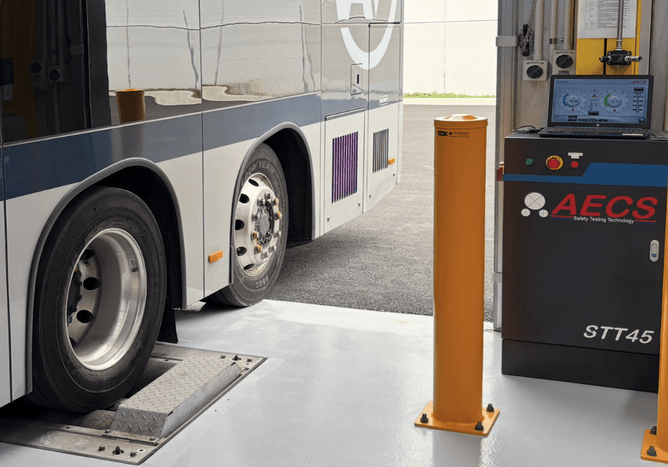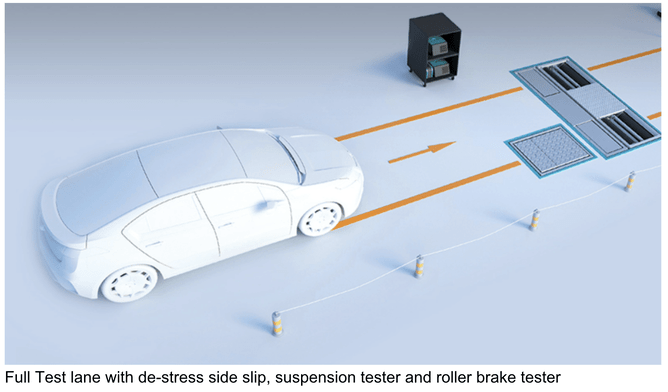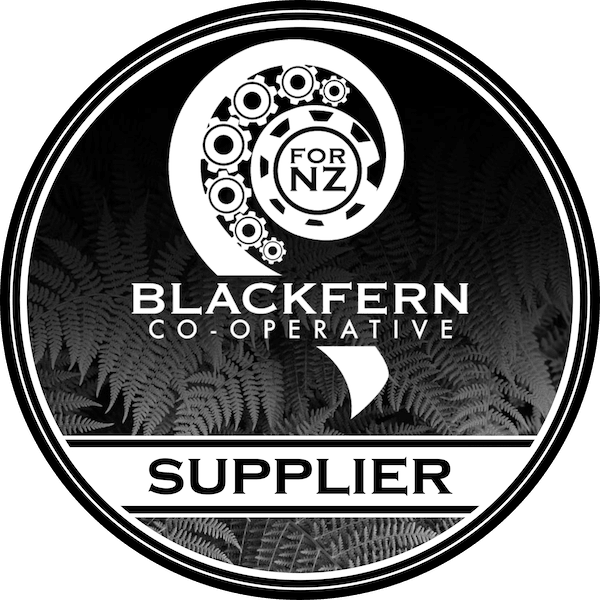The advantage of roller brake testers in ensuring precision and safety..
AECS Equipment has been New Zealand’s trusted provider of the Cosber roller brake testing equipment for over two decades. With a reputation as high quality equipment, all models are gazetted by the NZTA for WOF and COF testing.
Twenty years on and our earliest installations remain in daily operation which is a testament to the equipment as well as AECS Equipment’s nationwide aftersales maintenance and calibration support. No matter where you are, our team ensures that your equipment remains certified and continues to perform as it did on the day it was installed.
Safety..
The ability to consistently and accurately perform repeatable braking performance tests distinguishes a business that prioritises motorists safety from those that do not.
Customers value businesses that invest in equipment that offers definitive results showing that a vehicle’s braking system is either performing or requires attention. Roller brake testers are widely regarded as the gold standard in brake performance testing.
Beyond the increased safety benefits for road users and technicians, roller brake testers offer additional advantages, making them an essential tool in any high-standard workshop.
Precision...
Roller brake testing provides detailed data on a braking system’s condition, offering increased information to that available from an on-road test.
A recent install of the STT45, 18 tonne roller brake tester.
Rolling resistance and brake ovality
Rollers rotate the vehicle’s wheels while sensors measure drag, helping identify any unintended brake system resistance from sticking calliper guide pins or seized brake application pistons.
The tester then prompts the operator to apply the brakes lightly while it monitors the force sensors for fluctuations. Any variations in force indicate brake disc or drum distortion.
Braking performance test..
The brake performance test determines maximum brake force. The operator applies brakes progressively until lock-up where peak braking force is recorded when traction is lost. Speed sensors identify slip, relay data, and record max brake force. The system then stops the rollers to prevent tyre damage.While brakes can produce more force, the tyre’s grip on the roller (or road) limits it. Once the tyre slips, brake force decreases.
Service brake efficiency is calculated dividing brake force by axle weight and quality testers use weight sensors to account for dynamic weight shifts during braking, improving accuracy. During testing the system graphs brake force and also calculates balance recording the maximum difference between wheels
Additional items- Full test lane
Side slip tester
A simple drive across steel plate can register the sideways pull of the tyre and give an indication of whether it is tracking correctly or requires alignment.
Suspension tester
The vehicle is driven onto the suspension tester and the weight of that axle is recorded. An electric motor vibrates an eccentrically mounted weight at different frequencies, shaking the plate and wheel while monitoring how much of the original axle weight is kept on the tester.
This determines how well the shock absorbers were able to dampen the spring oscillations and keep the wheel on the road surface.
Summary
Roller brake testers can provide in depth information on vehicle braking systems that other forms of brake testing cannot. It can be done more safely in a matter of minutes. With additional items such as a side slip tester and suspension tester an efficient and effective inspection of vehicle running gear can be carried out offering evidence of repairs required for safe operation of the vehicle.








